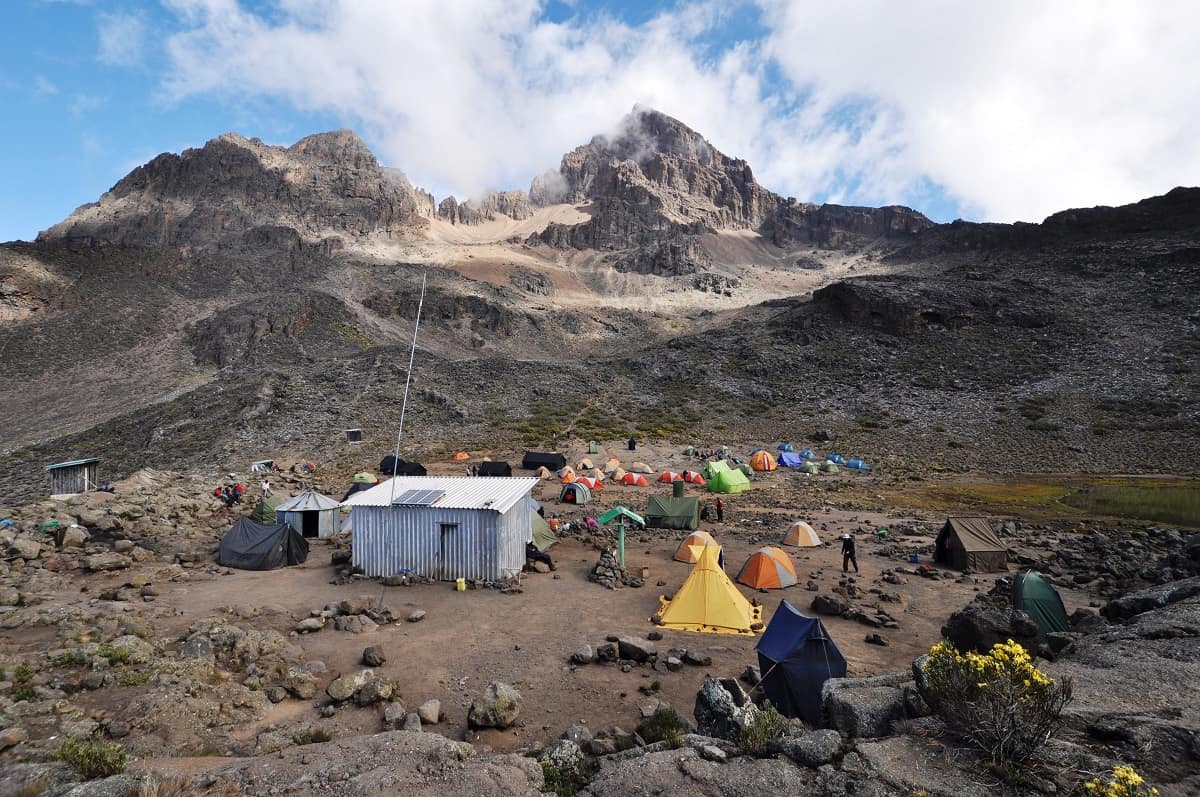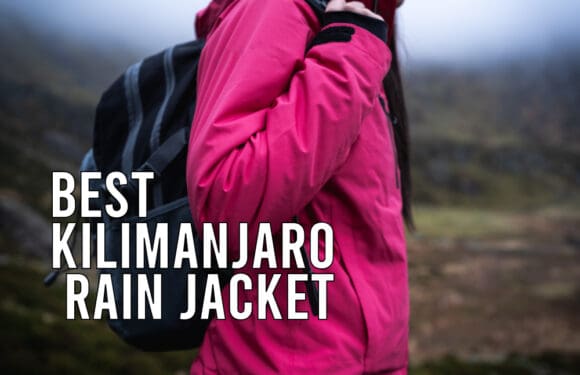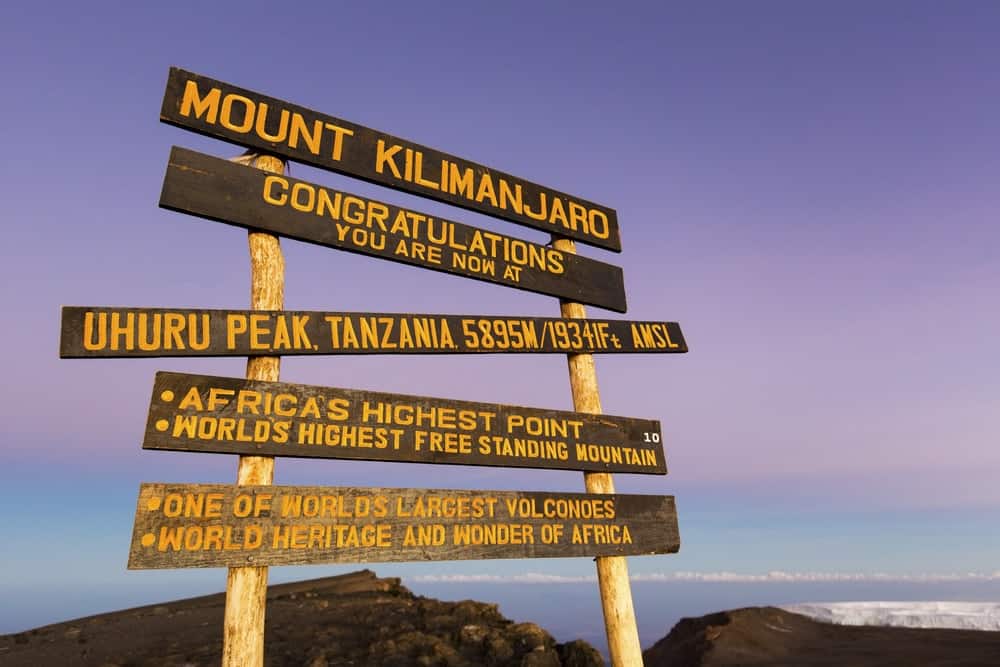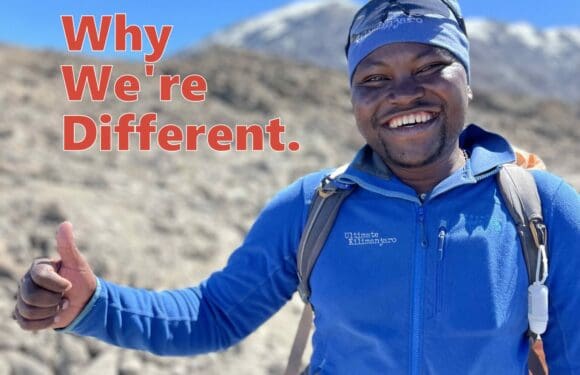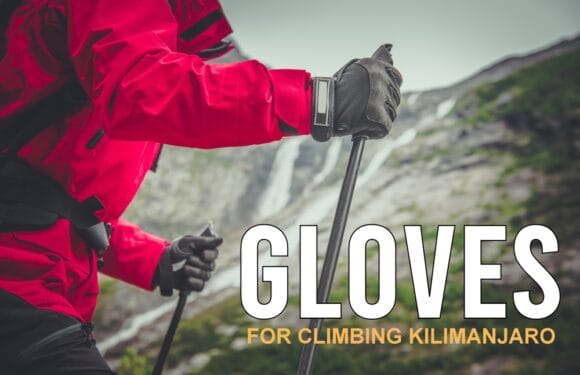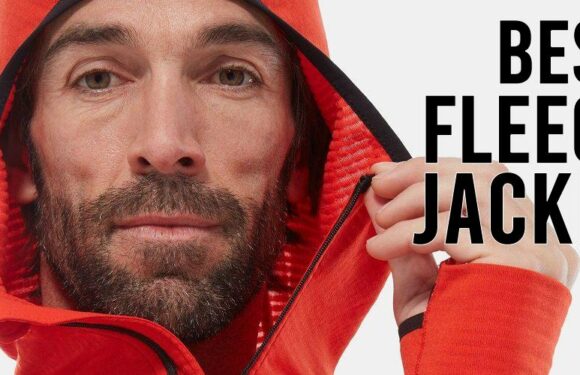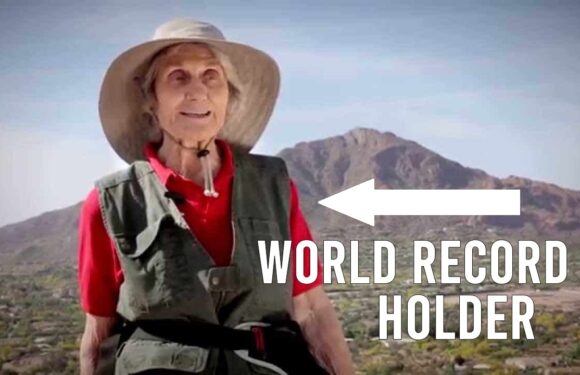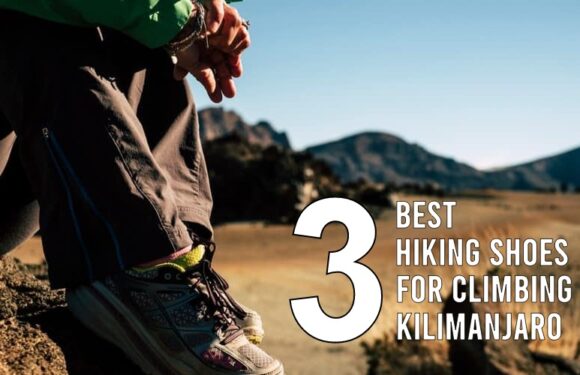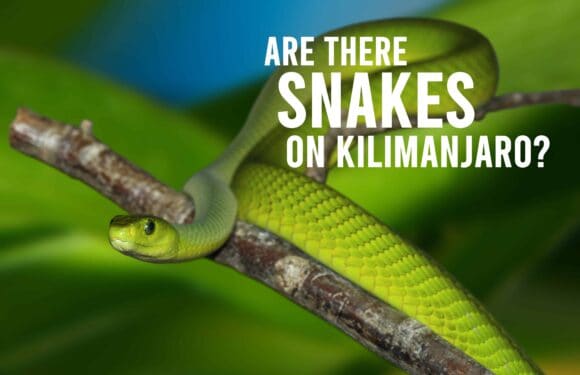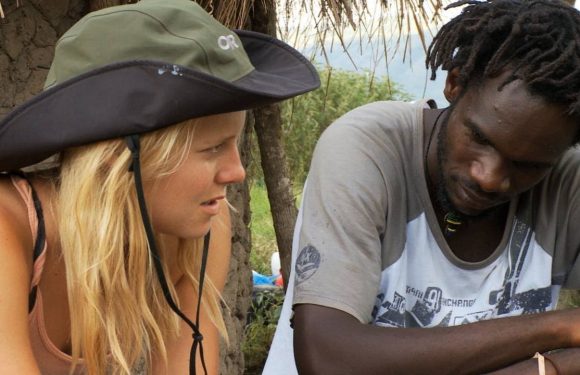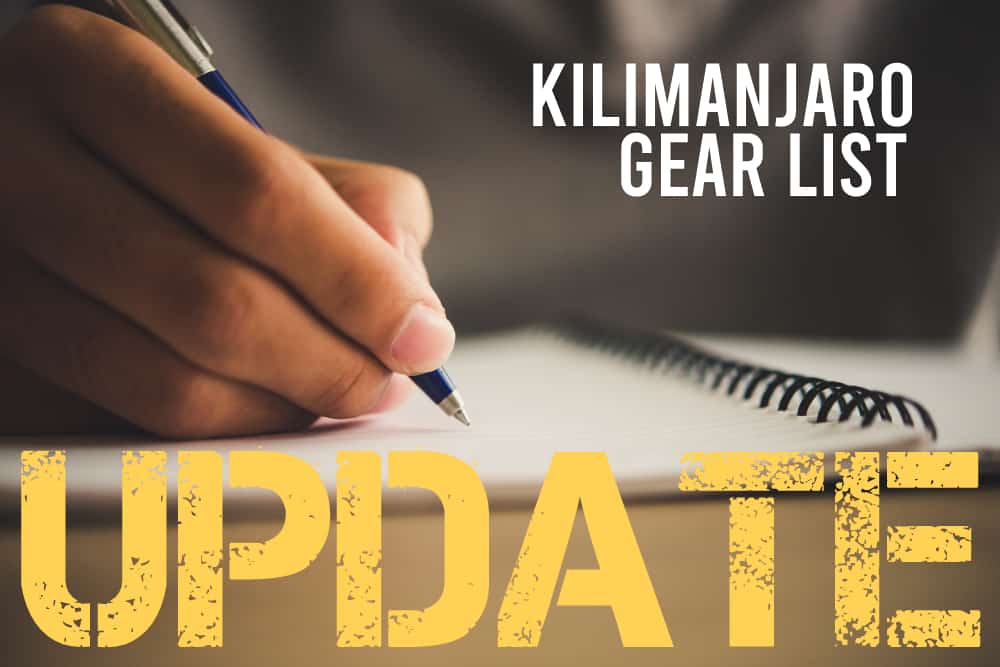
We have updated our Kilimanjaro gear list.
In our ongoing effort to have the most useful and accurate information on climbing Kilimanjaro, we have made several changes to the Ultimate Kilimanjaro® Gear List. These edits were prompted by discussions with our seasoned guides about how we can better prepare our clients for the conditions they face on the mountain.
Without further adieu, let’s talk about what’s new.
1. Addition of a Second Soft Jacket
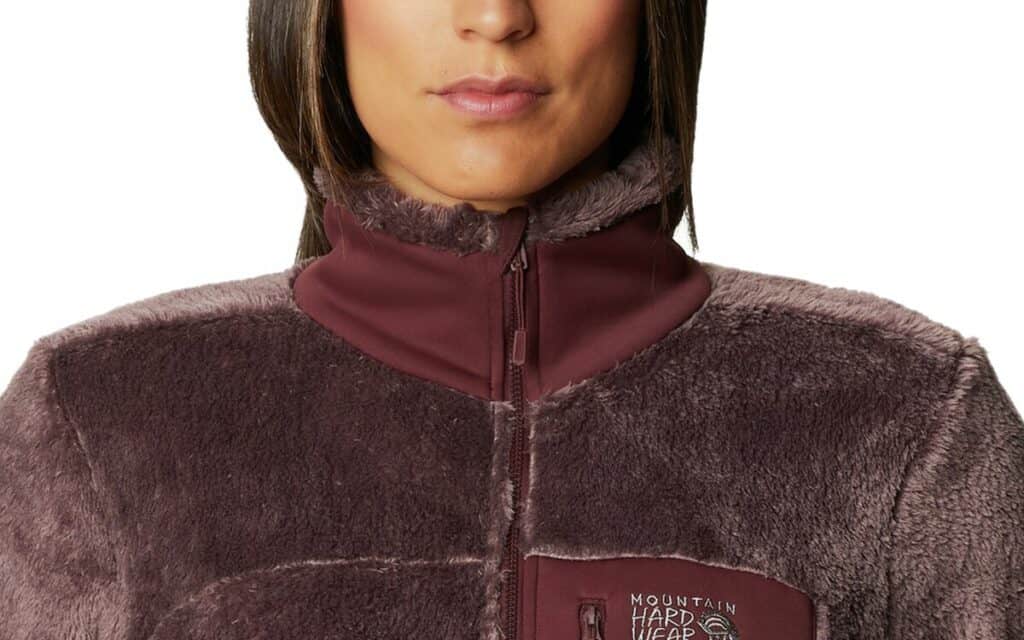
Our previous gear list contained one soft jacket, which can be a fleece or a soft shell. Wearing one or two base layers, a soft jacket, a rain jacket, and a robust insulated jacket is sufficient for most people to endure Kilimanjaro’s coldest temperatures. But some clients were still chilly during their summit attempt despite having five layers on.
We don’t ever want someone to turn around due to being cold. So we added a second soft jacket to our gear list. This additional warm layer should provide some insurance against the frigid conditions.
2. Hood Recommendation for Long Sleeve Shirt
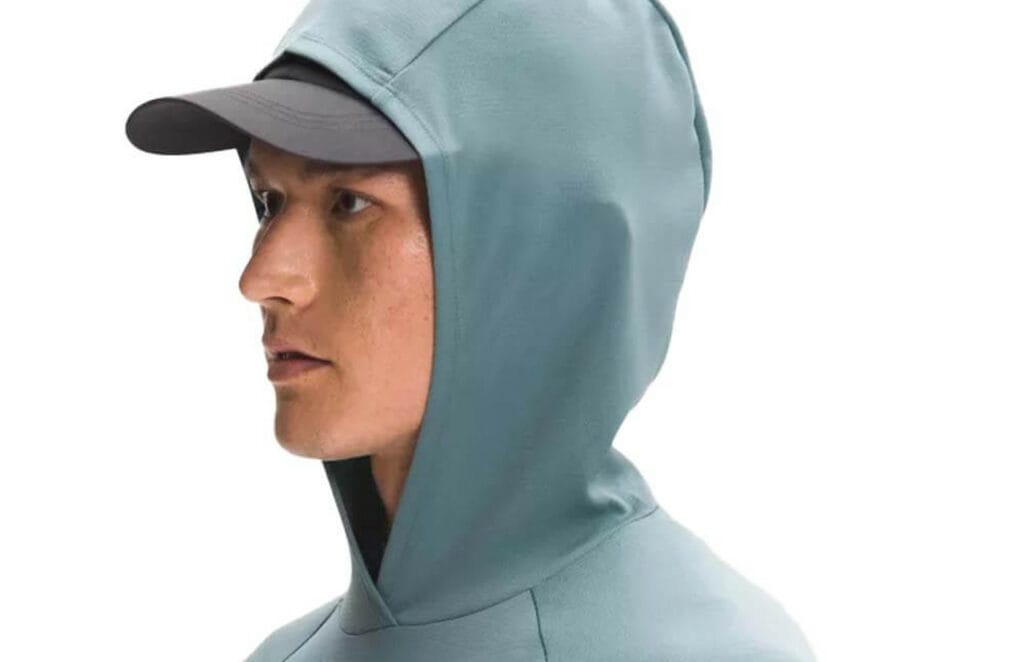
3 – Long Sleeve Shirt, light-weight, moisture-wicking (hood recommended)
Mount Kilimanjaro’s sun is deceptively strong. While you can certainly do OK hiking in crew neck shirts if you are very diligent about wearing a hat and applying sun screen, our experience shows that people often get sunburned within the first few days on the mountain.
Therefore, we’ve added a hood recommendation for the long sleeve shirts. The less sun exposure you get, the better off you will be overall. Furthermore, the hood will keep the wind off as well and reduce the likelihood of wind burn.
3. Neck Gaiter is Required
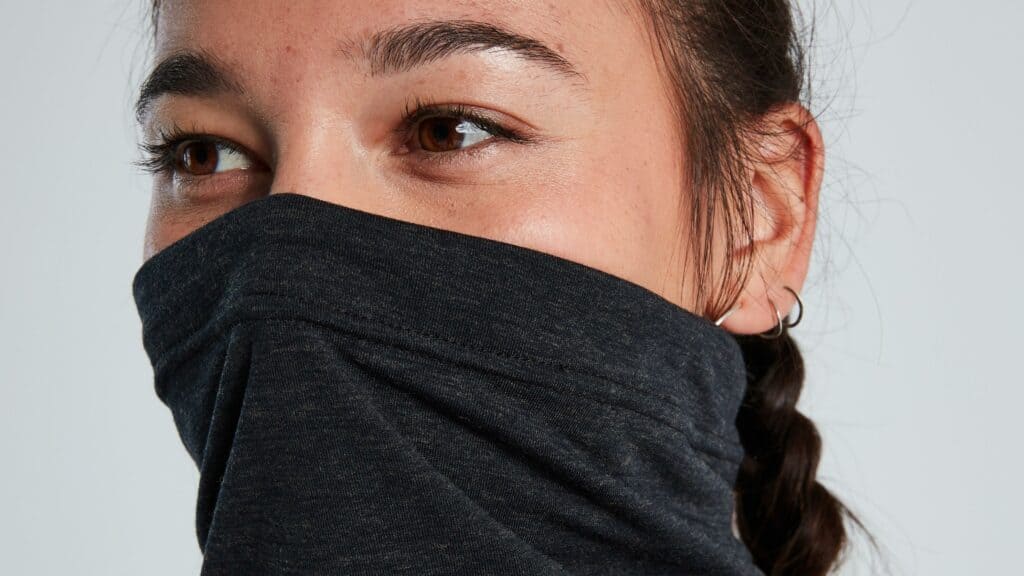
1 – Neck Gaiter, for dust, wind and warmth
Before, we listed options for a face covering that included a balaclava or a Buff neck gaiter. However, we’ve removed the balaclava simply because isn’t practical at lower and mid-level elevations – it’s far too warm.
We now consider the neck gaiter to be an essential piece of gear for climbing Kilimanjaro. It’s versatile and can be worn to cover the neck only, the nose and mouth, or the entire head (minus the eyes). It can be worn comfortably in the heat or in the cold. It helps protect your head from the sun, provides warmth, and it acts as an air filter. All of these are necessary for climbing Kilimanjaro, making the multi-functional neck gaiter a winner in our book.
4. Removal of Goggles
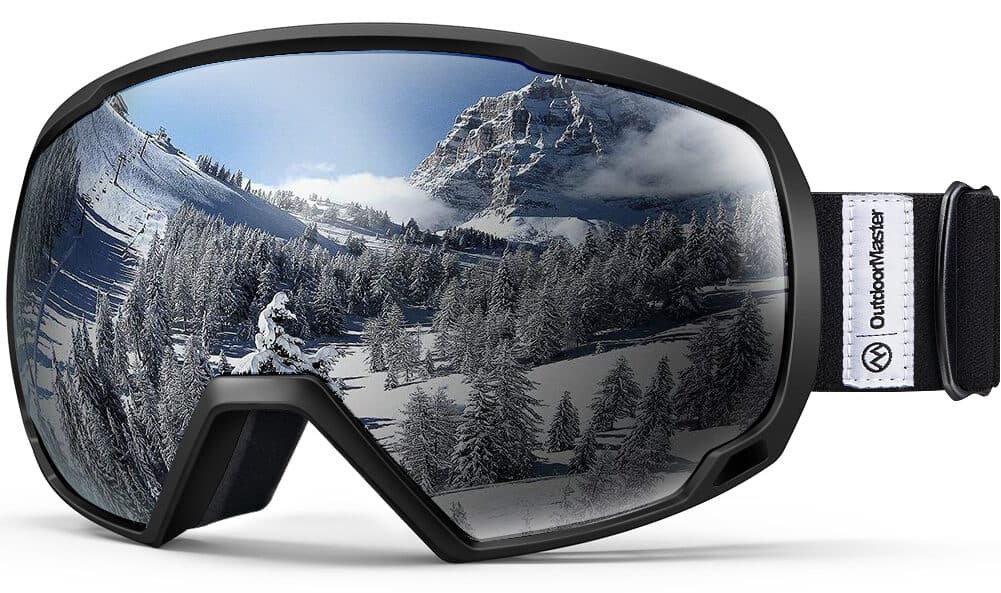
1 – Sunglasses
The previous gear list had sunglasses or goggles for eye protection. Sunglasses are 100% the way to go.
We’ve never had anyone show up with goggles to the best of our knowledge. They may be helpful in extremely windy conditions on the summit ascent. Otherwise, they’res overkill for a peak like Kilimanjaro that doesn’t receive much snow. So we’ve removed the mention of goggles on our gear list.
5. Addition of Optional Sleeping Pad
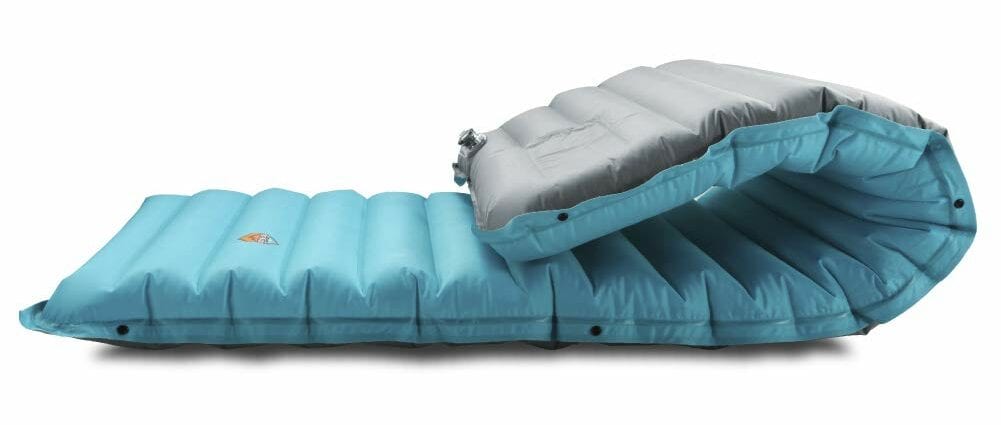
1 – Sleeping Pad, inflatable (optional, foam pad provided)
We provide 1.5 inch thick foam sleeping pads for our clients.
For most people, this mat works exceptionally well for cushioning and insulation while sleeping in our tents. But we recognize that some people may need more to be comfortable while camping. So we have included an inflatable sleeping pad as an option to our gear list.
We recommend using an additional sleeping pad on top of our provided foam sleeping pad for anyone who thinks they might have difficulty sleeping. Getting enough rest is vital when climbing Kilimanjaro so we encourage clients to do what you can to fall and stay asleep.
__________
Download the Ultimate Kilimanjaro Gear List




















































